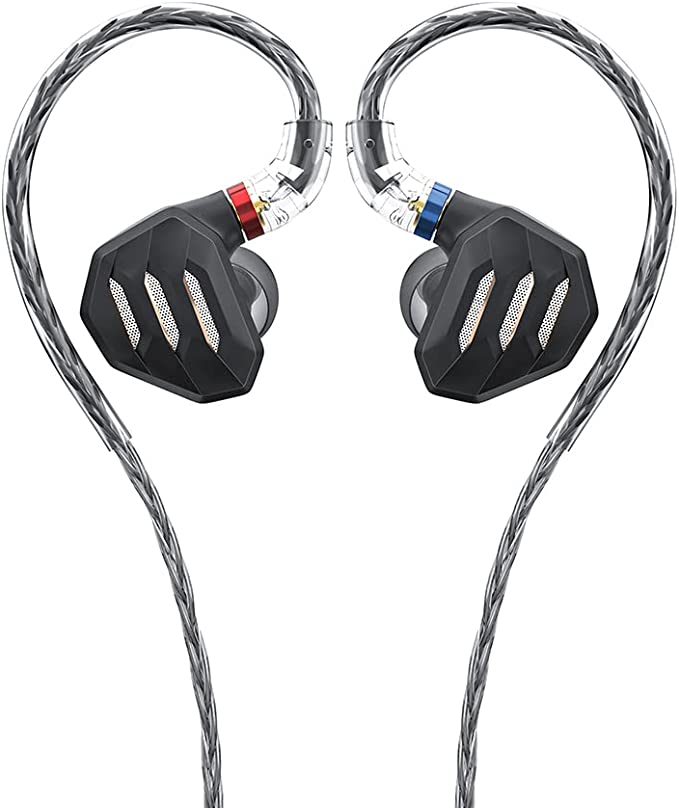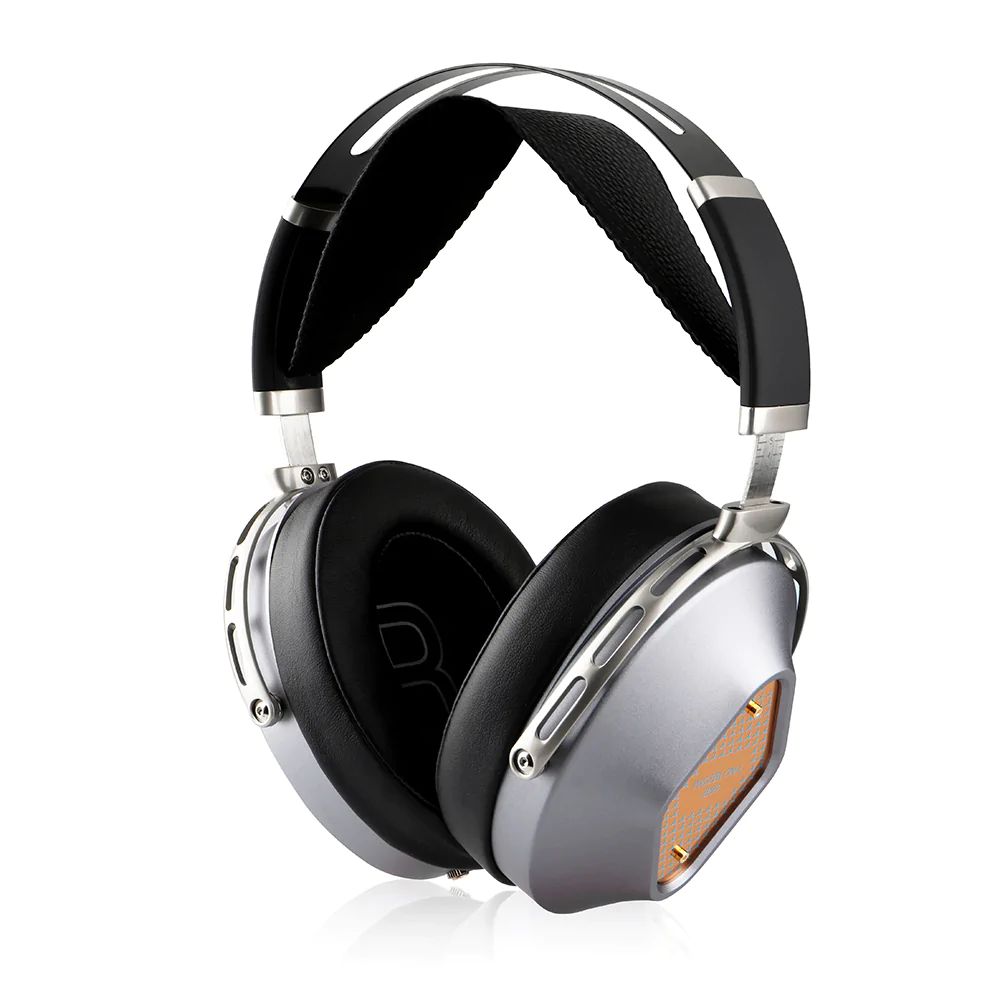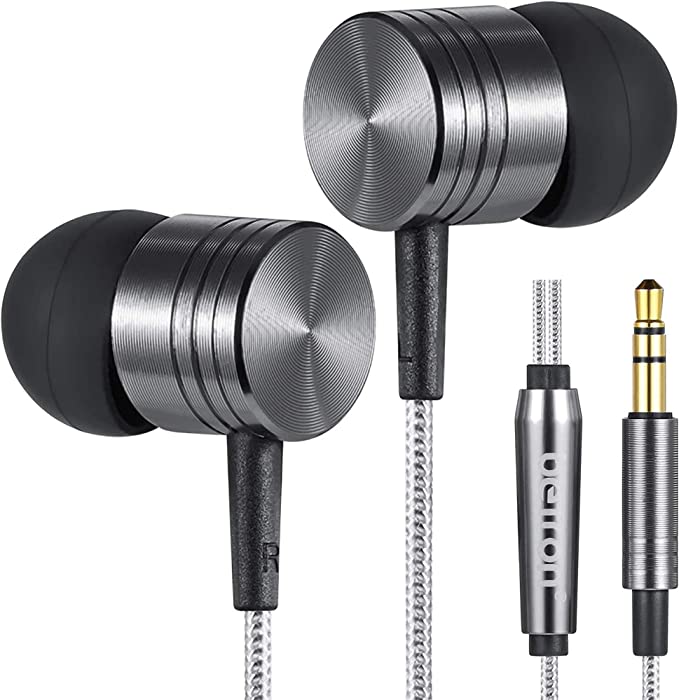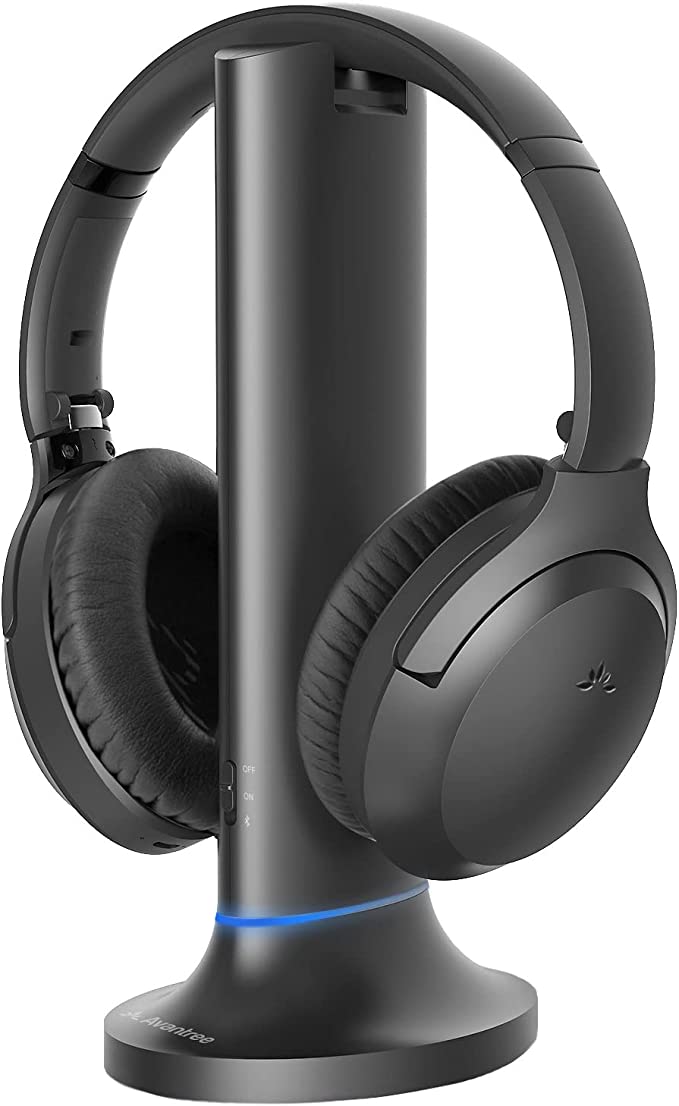Sennheiser HD 660S2 Wired Audiophile Stereo Headphones: Enhanced Bass for a More Immersive Sound
Update on June 28, 2025, 9:25 a.m.
In the hallowed halls of audio history, few families command as much respect as the Sennheiser 6-series. For decades, these headphones have been the trusted confidants of studio engineers, the final word for discerning audiophiles, and the benchmark against which countless others are measured. Yet, like any great dynasty, this one was haunted by a ghost—a beautiful, well-mannered ghost, but a ghost nonetheless. It was the specter of deep, visceral bass; a presence often hinted at but never fully materialized.
The story of the Sennheiser Consumer Audio HD 660S2 is not merely one of a new product launch. It’s the story of how a new generation of engineers finally captured that ghost, solving a decades-old family mystery without betraying the soul of the dynasty. It’s a tale of science, legacy, and the relentless pursuit of an emotional truth in sound.

The Foundation of a Dynasty: The HD 600 and the Pursuit of Truth
Our story begins in the late 1990s. The digital audio revolution was in full swing, and there was a desperate need for a sonic North Star—a tool that could reveal the unvarnished truth of a recording. Out of this need, the Sennheiser HD 600 was born. With its speckled blue finish and uncompromising neutrality, it was less a musical instrument and more a scientific one. Its sound was a masterclass in clarity and detail, an unflinching window into the recording booth.
The HD 600 became a legend. It was, and in many ways still is, the reference point for a “correct” midrange. Vocals and instruments were rendered with breathtaking realism. But this very honesty was, for some, its limitation. Its bass was tight and accurate, but it lacked weight and authority. Its clinical precision could feel emotionally distant, leading to the infamous debate over the “Sennheiser Veil”—a perceived lack of immediacy. A benchmark was set, but the quest for the perfect listening experience was far from over.

A Warmer Counterpoint: The HD 650’s Reign of Musicality
As the new millennium dawned, the desire for pure analysis began to share the stage with a yearning for immersive, musical enjoyment. Sennheiser listened. The result was the Sennheiser HD 650. If the HD 600 was a brightly lit laboratory, the HD 650 was a warm, wood-paneled library. It took the clarity of its predecessor and draped it in a subtle cloak of warmth and richness. The sound was more forgiving, more romantic, transforming it into the definitive “kick back and relax” headphone for a generation of music lovers.
It was a masterful evolution, and for many, the journey ended there. The bass was fuller, the presentation more engaging. And yet, the family ghost lingered. The HD 650 had more mid-bass punch, but the foundational, chest-rumbling frequencies—the sub-bass that gives electronic music its pulse and cinematic scores their tectonic weight—remained elusive. It was a limitation of the acoustic and mechanical engineering of the era, a challenge that couldn’t be solved by simply turning up a knob.

The Successor’s Burden: Engineering a Ghost into Reality
Decades passed. Music evolved. Genres built on deep electronic basslines and complex, layered soundscapes became mainstream. The family’s honor was on the line. How could a modern heir to the throne claim greatness without mastering the entire audible spectrum?
This was the challenge facing the engineers behind the HD 660S2. The mission was clear: capture the ghost of the sub-bass, but do so with the grace and control befitting the family name. This wasn’t about brute force; it was about surgical precision. They achieved it through a trio of ingenious engineering feats.
First, they tackled the driver’s fundamental physics by lowering its resonant frequency. Think of a race car’s center of gravity; the lower it is, the more stable it is at high speeds. By redesigning the driver’s flexible surround, Sennheiser’s engineers lowered the driver’s natural point of resonance from around 120-140Hz in its predecessors to a remarkable 70 Hz. This allows the diaphragm to move more freely and powerfully at the lowest frequencies, producing deep, authentic bass instead of just a bloated mid-bass hump.
Second, they perfected the art of breathing. A headphone driver is a piston, and to move with speed and accuracy, it must manage airflow perfectly. The airflow-optimised, vented magnet system in the HD 660S2 acts as a sophisticated respiratory system for the driver. It relieves air pressure behind the diaphragm, preventing turbulence and distortion. This is what gives the bass its incredible speed and texture—what listeners describe as “punch and drive.” It’s the difference between a wild swing and a perfectly controlled strike.
Finally, they exercised the wisdom of restraint. It would have been easy to lower the impedance to make the headphones easier to drive. Instead, they preserved the family’s signature 300-ohm impedance. This higher impedance acts like a strong set of reins on a powerful horse, giving a capable amplifier superior electrical control (a high damping factor) over the driver’s movement. This ensures that the newfound bass power is always tight, articulate, and never bleeds into the pristine midrange that is the series’ birthright.

A Circle Completed: The Sound of a Family Reunited
The result of this meticulous work is not a revolution, but a resolution. The HD 660S2 delivers a sound that is uncannily familiar yet thrillingly new. It has the crystalline clarity of the HD 600, the inviting warmth of the HD 650, and a newfound, authoritative low-end that extends effortlessly into the deepest octaves. The family is finally whole.
This is not to say it is a headphone without trade-offs. Its open-back design, essential for its expansive and natural soundstage, means it leaks sound and does not isolate from outside noise. It is a headphone for dedicated, private listening—a necessary sacrifice for its particular brand of magic.

Ultimately, the Sennheiser HD 660S2 is more than just an impressive piece of audio equipment. It is the satisfying conclusion to a story that has been unfolding for over a quarter of a century. It’s a testament to the idea that true progress is not about abandoning the past, but about understanding it, respecting it, and having the courage to complete its vision. In the end, the pursuit of high fidelity is the pursuit of an emotional connection, using the cold, hard laws of science to build a bridge straight to the heart of the music. With the HD 660S2, that bridge has never felt more solid.



























































